Sharp pain around sternum. Sharp Sternum Pain: Causes, Symptoms, and When to Seek Medical Attention
What are the common causes of sharp pain around the sternum. How can you differentiate between sternum pain and heart attack symptoms. When should you see a doctor for sternum pain.
Understanding the Sternum and Its Role in the Body
The sternum, commonly known as the breastbone, is a crucial component of the human skeletal system. This flat, T-shaped bone is located at the front of the chest and serves as a connection point for the ribs. Its primary function is to protect vital organs, particularly the heart and lungs, from potential injuries.
The sternum’s anatomy consists of three main parts:
- Manubrium: The upper part that connects to the clavicles (collarbones)
- Body: The longest portion of the sternum
- Xiphoid process: The small, cartilaginous extension at the lower end
Understanding the sternum’s structure and function is essential when exploring the various causes of pain in this area. Pain around the sternum can stem from issues with the bone itself, surrounding muscles, or even underlying organs.
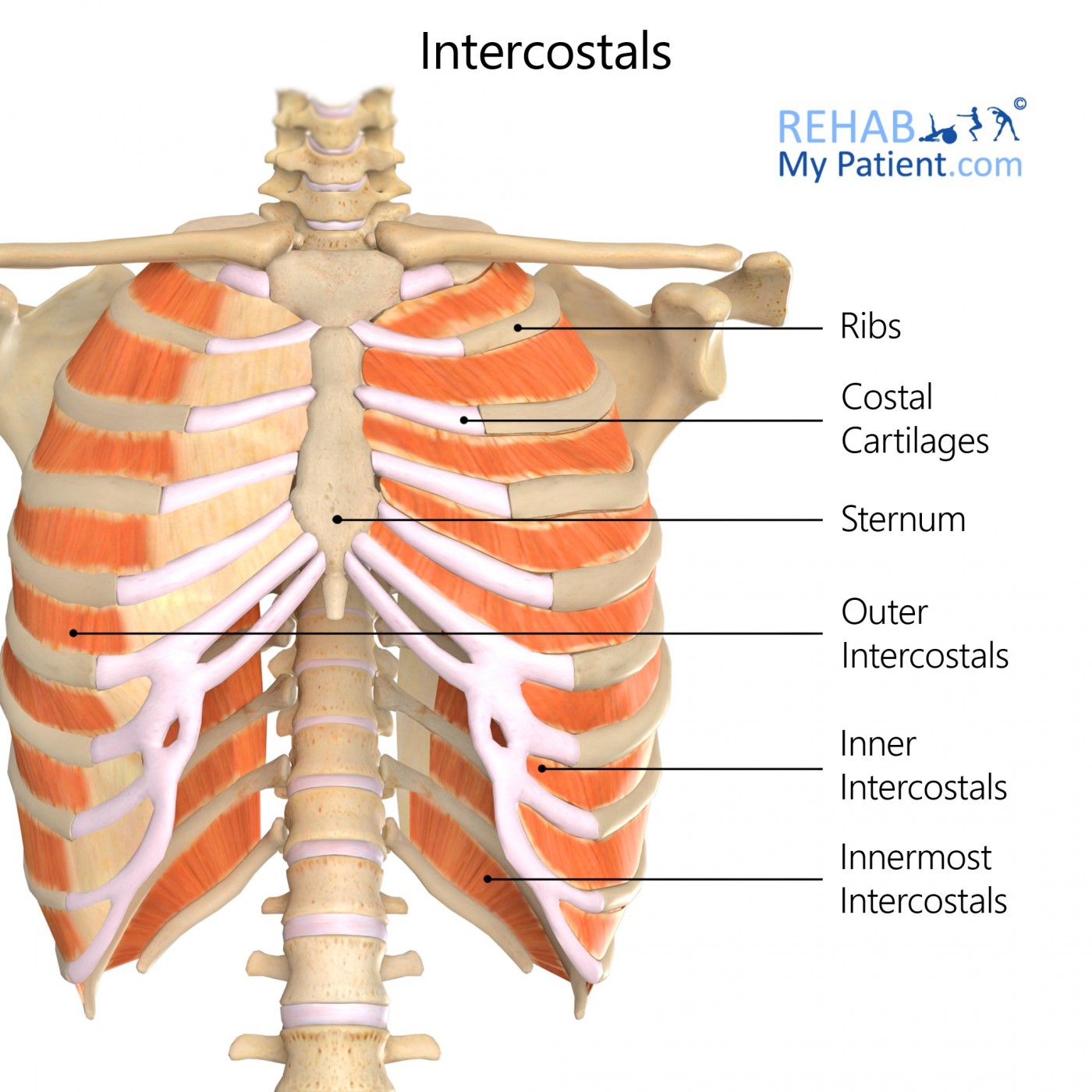
Common Causes of Sharp Pain Around the Sternum
Sharp pain around the sternum can be alarming, but it’s often caused by treatable conditions. Here are some of the most common causes:
1. Costochondritis
Costochondritis is a prevalent cause of sternum pain, characterized by inflammation of the cartilage connecting the ribs to the sternum. This condition typically results in:
- Sharp pain on one or both sides of the sternum
- Pain that worsens with deep breathing or coughing
- Tenderness when pressing on the affected area
What triggers costochondritis? Various factors can contribute to its development, including:
- Physical strain or overexertion
- Respiratory infections
- Repetitive trauma or impact to the chest area
- Certain inflammatory conditions
2. Sternum Fractures
While less common, sternum fractures can cause intense pain in the chest area. These fractures typically result from severe trauma, such as:
- Car accidents
- Falls from significant heights
- High-impact sports injuries
Symptoms of a sternum fracture may include:
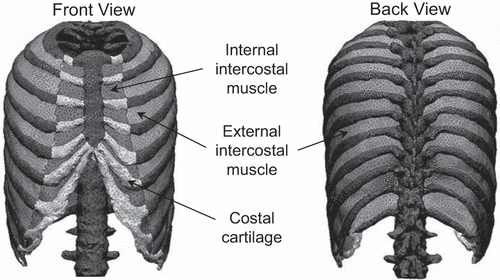
- Severe pain that intensifies with movement or breathing
- Visible swelling or bruising over the sternum
- Difficulty taking deep breaths
3. Sternoclavicular Joint Injury
The sternoclavicular joint connects the sternum to the collarbone. Injuries to this joint can cause pain at the top of the sternum and upper chest area. Common symptoms include:
- Pain or swelling near the joint
- Discomfort when moving the shoulder
- A clicking or popping sensation in the affected area
4. Collarbone Injuries
Due to its proximity to the sternum, collarbone injuries can also cause pain in the chest area. Symptoms may vary depending on the severity of the injury but often include:
- Pain when raising the arm
- Bruising or swelling in the upper chest
- Abnormal positioning of the shoulder
- Grinding sensation when moving the shoulder
Substernal Pain: Causes and Symptoms
Substernal pain refers to discomfort occurring behind or below the sternum. This type of pain often stems from gastrointestinal issues or respiratory conditions. Some common causes include:
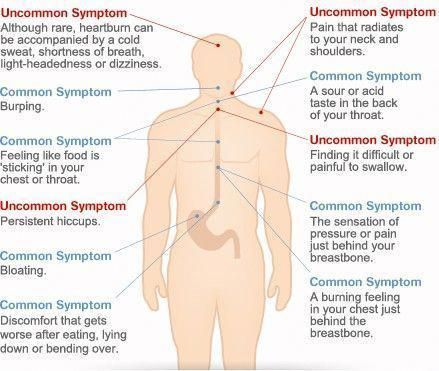
1. Acid Reflux and GERD
Acid reflux occurs when stomach acid flows back into the esophagus, causing irritation and pain. In chronic cases, this condition is known as gastroesophageal reflux disease (GERD). Symptoms may include:
- Burning sensation behind the breastbone
- Difficulty swallowing
- Regurgitation of food or sour liquid
- Chronic cough or hoarseness
2. Hiatal Hernia
A hiatal hernia occurs when part of the stomach pushes through the diaphragm into the chest cavity. This condition can cause substernal pain and other symptoms such as:
- Heartburn
- Difficulty swallowing
- Chest pain
- Frequent burping
3. Pleurisy
Pleurisy is the inflammation of the pleura, the tissues that line the lungs and chest cavity. This condition can cause sharp chest pain that worsens with breathing. Other symptoms may include:
- Shortness of breath
- Cough
- Fever and chills
Differentiating Sternum Pain from Heart Attack Symptoms
One of the most critical aspects of chest pain assessment is distinguishing between benign causes and potentially life-threatening conditions like heart attacks. While sternum pain can be alarming, it often differs from heart attack symptoms in several ways:
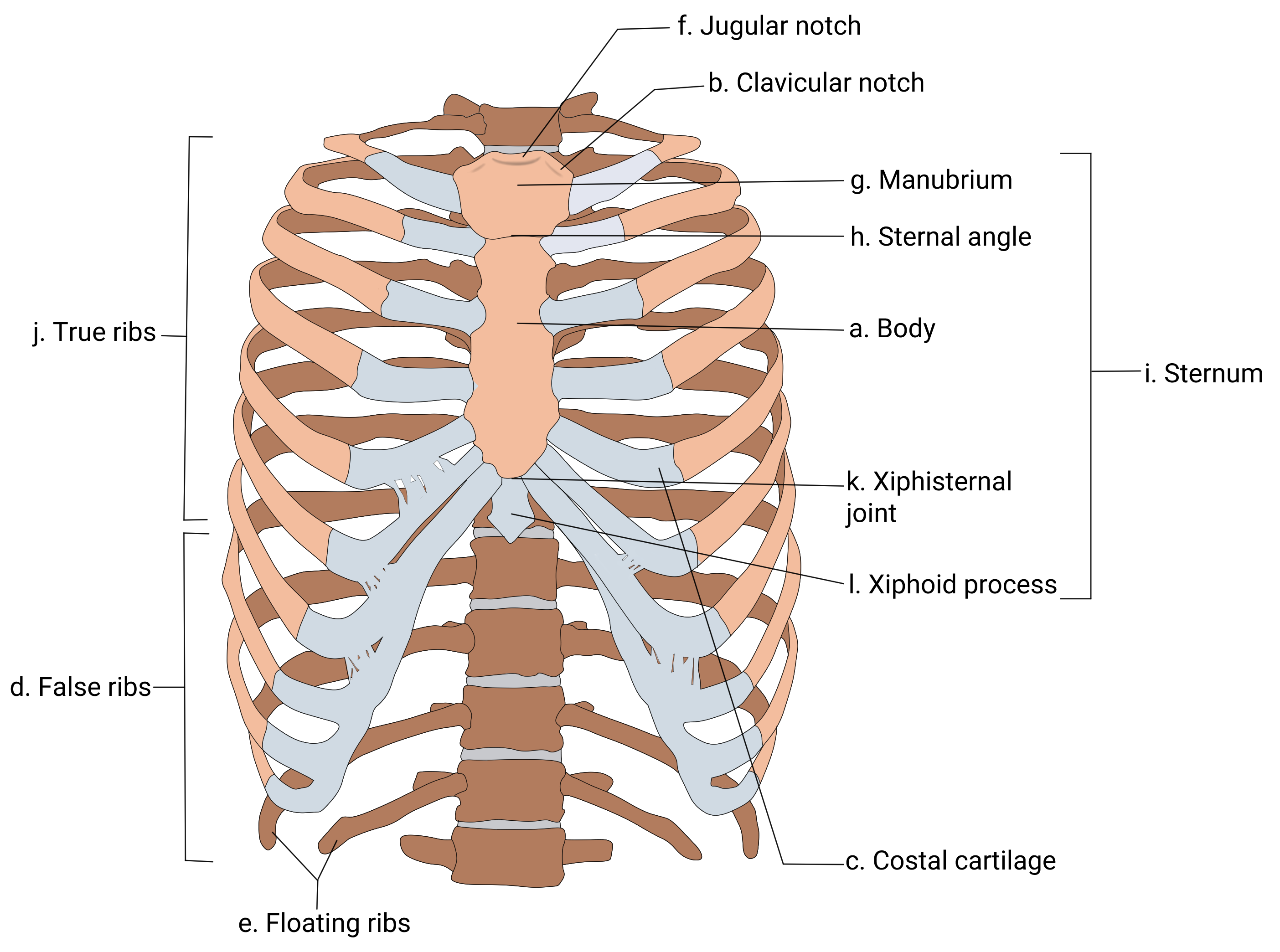
Sternum Pain Characteristics
- Often localized to a specific area
- May worsen with movement or pressure on the chest
- Usually doesn’t radiate to other parts of the body
- Often associated with visible swelling or tenderness
Heart Attack Symptoms
- Often described as a crushing or squeezing sensation
- May radiate to the arm, jaw, or back
- Often accompanied by shortness of breath, nausea, or lightheadedness
- Can occur at rest and may not be related to movement
Is it possible to definitively distinguish between sternum pain and a heart attack based on symptoms alone? While these guidelines can be helpful, it’s important to note that heart attack symptoms can vary widely between individuals. When in doubt, it’s always best to seek immediate medical attention.
Diagnostic Approaches for Sternum Pain
When evaluating sternum pain, healthcare providers employ various diagnostic techniques to determine the underlying cause. These may include:
1. Physical Examination
A thorough physical exam can reveal important clues about the source of sternum pain. The doctor may:

- Palpate the chest area to identify points of tenderness
- Assess range of motion and pain with movement
- Listen to heart and lung sounds
2. Imaging Studies
Depending on the suspected cause, various imaging techniques may be employed:
- X-rays: To visualize bone structures and detect fractures
- CT scans: For more detailed images of bones, soft tissues, and organs
- MRI: To evaluate soft tissue injuries or inflammation
3. Blood Tests
Blood tests can help rule out certain conditions and assess overall health. These may include:
- Complete blood count (CBC) to check for signs of infection
- Cardiac enzymes to rule out heart-related issues
- Inflammatory markers to detect systemic inflammation
Treatment Options for Sternum Pain
The treatment for sternum pain varies depending on the underlying cause. Here are some common approaches:
1. Conservative Management
For mild cases of sternum pain, such as those caused by costochondritis or minor strains, conservative treatment may be sufficient:

- Rest and activity modification
- Application of ice or heat
- Over-the-counter pain relievers (e.g., ibuprofen, acetaminophen)
- Gentle stretching exercises
2. Medications
Depending on the cause and severity of pain, a healthcare provider may prescribe:
- Stronger pain relievers
- Anti-inflammatory medications
- Muscle relaxants
- Medications to address underlying conditions (e.g., antacids for GERD)
3. Physical Therapy
Physical therapy can be beneficial for many causes of sternum pain, particularly those related to musculoskeletal issues. A physical therapist may:
- Teach proper posture and body mechanics
- Provide stretching and strengthening exercises
- Use manual therapy techniques to alleviate pain
4. Surgical Intervention
In rare cases, surgery may be necessary to address the underlying cause of sternum pain. This might include:
- Repair of severe fractures
- Correction of structural abnormalities
- Treatment of severe cases of hiatal hernia
Prevention Strategies for Sternum Pain
While not all causes of sternum pain are preventable, there are steps you can take to reduce your risk:
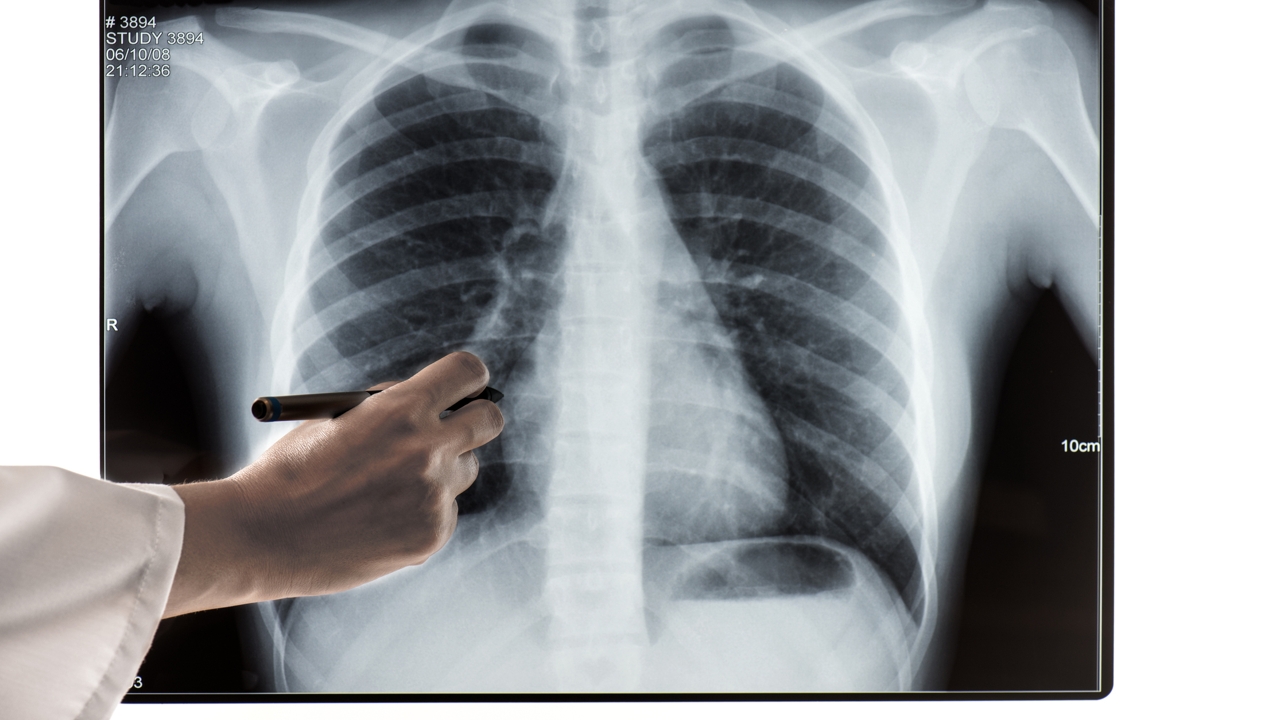
- Practice good posture to reduce strain on chest muscles
- Use proper form when exercising or lifting heavy objects
- Wear appropriate protective gear during contact sports
- Manage underlying conditions like GERD through lifestyle changes and medication
- Quit smoking and maintain a healthy weight to support overall chest health
Can lifestyle modifications significantly reduce the risk of developing sternum pain? While they may not eliminate all potential causes, these preventive measures can certainly help minimize the risk of many common sources of chest discomfort.
When to Seek Medical Attention for Sternum Pain
While many cases of sternum pain are benign and self-limiting, certain situations warrant immediate medical attention. Seek emergency care if you experience:
- Severe, crushing chest pain
- Pain that radiates to the jaw, arm, or back
- Shortness of breath or difficulty breathing
- Dizziness, lightheadedness, or fainting
- Rapid or irregular heartbeat
- Fever accompanied by chest pain
Additionally, consult your healthcare provider if you have persistent sternum pain that doesn’t improve with home remedies or if you’re unsure about the cause of your symptoms.

How quickly should you seek medical attention for unexplained chest pain? It’s always better to err on the side of caution when it comes to chest pain. If you’re experiencing severe or concerning symptoms, don’t hesitate to seek immediate medical care.
Understanding the various causes of sternum pain and recognizing when to seek help can significantly impact your health and well-being. By staying informed and attentive to your body’s signals, you can ensure timely and appropriate care for any chest-related concerns.
Causes and when to see a doctor
Many conditions can cause pain in the sternum, including injuries, pneumonia, bronchitis, and costochondritis. Gastrointestinal problems, such as acid reflux, can cause pain behind the sternum.
People may believe that their sternum pain is a heart attack symptom. However, it is possible to differentiate the two.
In this article, learn about the causes of sternum pain and the differences between sternum pain and heart problems.
The sternum is a flat T-shaped bone that sits at the front of the chest and connects to the ribs with cartilage. It forms part of the rib cage, a series of bones that protects the heart and lungs from injuries.
People often refer to the sternum as the breastbone.
Sternum pain can result from problems with muscles and bones near the sternum, as well as the sternum itself.
Substernal pain is discomfort occurring behind or below the sternum. It often results from gastrointestinal conditions.
Some of the most common causes of sternum and substernal pain are:
- costochondritis
- sternum fracture
- sternoclavicular joint injury
- collarbone injuries
- muscular strain or bruise
- hernia
- acid reflux
- pleurisy
- bronchitis
- pneumonia
Costochondritis is inflammation of the cartilage between the sternum and ribs. The medical term for this area is the costochondral joint.
The symptoms of costochondritis include:
- sharp pain on the side of the sternum area
- pain that worsens with a deep breath or a cough
- discomfort in the ribs
Inflammation in the costochondral joint may occur due to injury, infection, or irritation. A person may experience costochondritis due to:
- impact trauma
- respiratory tract infections
- severe coughing
- physical strains
Learn more about costochondritis here.
Like fractures in other parts of the body, sternum fractures can cause a lot of pain.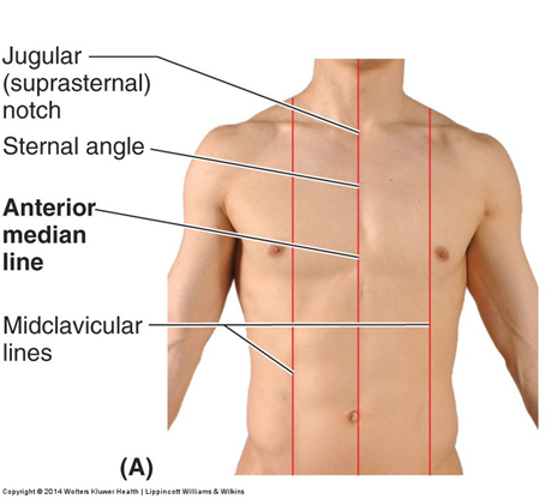 Sternum fractures usually occur as a direct result of trauma, such as a car accident or sports injury.
Sternum fractures usually occur as a direct result of trauma, such as a car accident or sports injury.
People who believe they may have a sternum fracture should seek immediate medical attention in case of additional damage to the heart and lungs.
Symptoms of a sternum fracture include:
- pain during inhaling or coughing
- swelling over the sternum
- difficulty breathing
Learn more about fractures here.
The sternoclavicular joint connects the top of the sternum to the collarbone. Injuries to this joint generally cause pain and discomfort at the top of the sternum in the upper chest area.
People experiencing sternum pain due to a sternoclavicular joint injury will often experience the following:
- mild pain or swelling in the upper chest area
- difficulty or pain when moving the shoulder
- popping or clicking around the joint
The collarbone connects to the top corners of the sternum by cartilage. Due to the direct connection between the two structures, injuries to the collarbone may cause pain in the sternum area.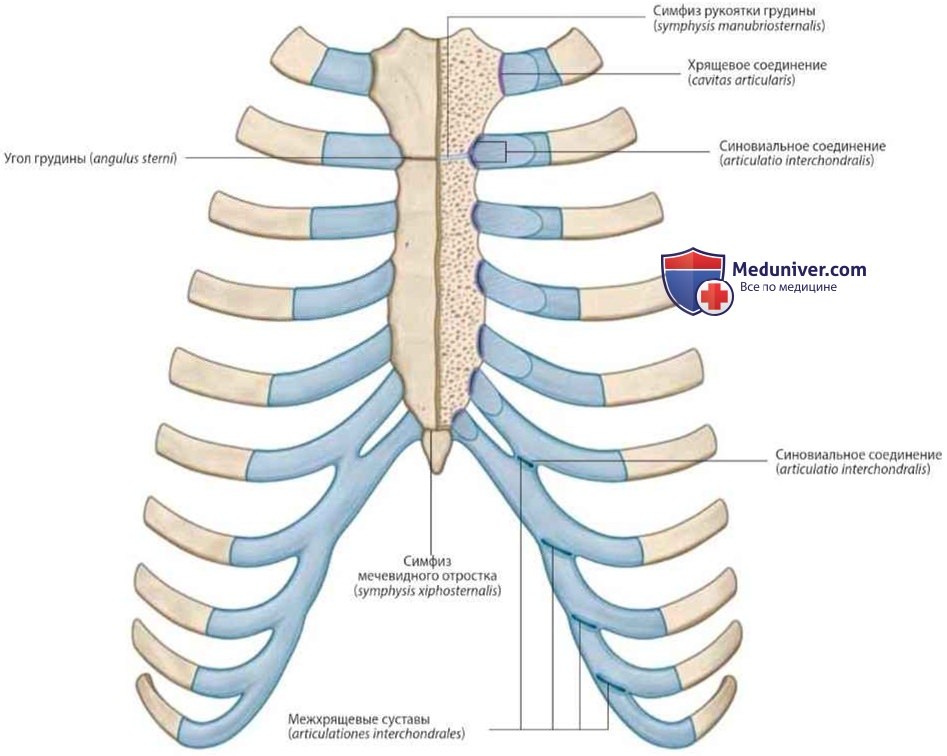
Collarbone trauma
Impact and stress trauma can damage, or even fracture, a person’s collarbone. Collarbone trauma may affect its connection to the sternum and the surrounding musculature. This may mean a person feels pain either in or around their sternum.
Depending on the location of collarbone trauma, other symptoms may include:
- severe pain when raising the arm
- bruising or swelling in the upper chest area
- abnormal positioning or sagging of the shoulder
- clicking and grinding in the shoulder joint
A great many muscles connect to the sternum and ribs. Injuries or trauma can result in bruising these muscles, which may cause them to ache. Strenuous or repetitive movements can also cause strains in these muscles.
Learn more about muscle strains here.
Most hernias occur in the abdomen. However, a hiatal hernia can affect the chest area and cause substernal pain.
A hiatal hernia occurs when the stomach moves past the diaphragm and into the chest.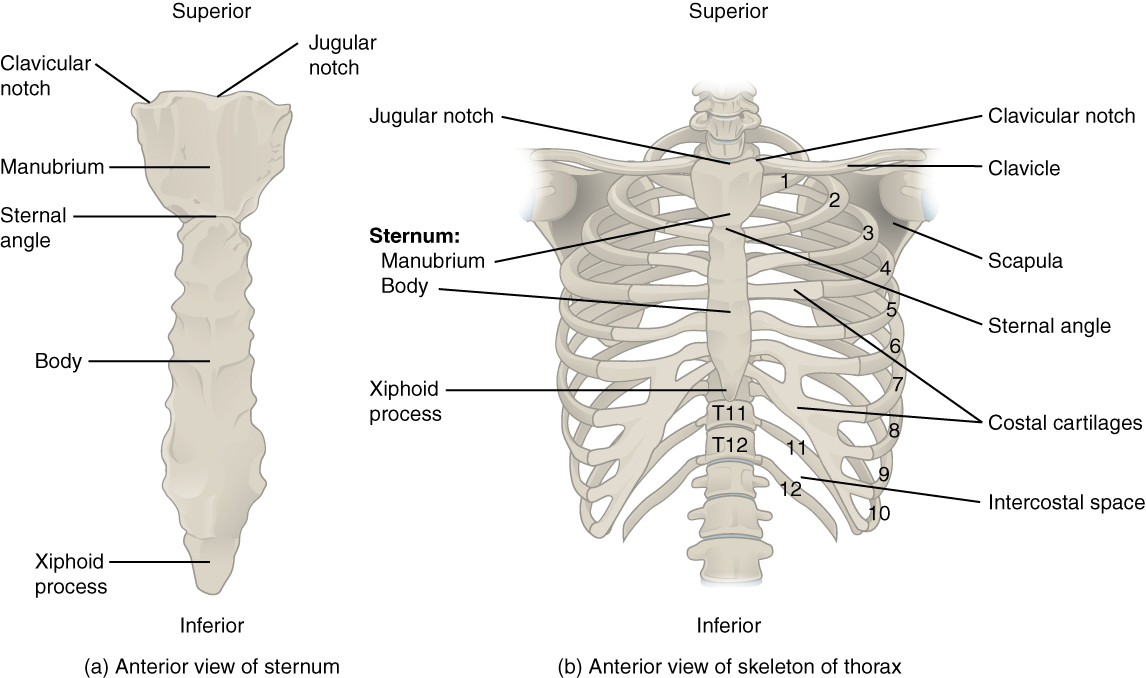 Symptoms of a hiatal hernia include:
Symptoms of a hiatal hernia include:
- frequent burping
- heartburn
- vomiting blood
- a feeling of fullness
- trouble swallowing
People with substernal pain and symptoms of a hiatal hernia should see a doctor for prompt treatment.
Learn more about hernias here.
Acid reflux happens when stomach acid wears away the lining of the windpipe (esophagus). This happens primarily in people with gastroesophageal reflux disease (GERD).
Acid reflux may cause substernal pain and discomfort in the chest.
Pain in this region can also result from inflammation or a spasm of the windpipe. People with GERD should talk with their doctor about preventing further damage to this area.
Learn the difference between heartburn, acid reflux, and GERD here.
Pleura are sheets of tissue between the lungs and ribcage. Inflammation to these tissues is pleurisy.
Pleurisy can cause a sharp, stabbing pain at the site of irritation, which may worsen if a person breathes deeply, coughs, or wheezes.
If inflammation occurs toward the upper middle chest, pleurisy may cause substernal pain.
Learn more about pleurisy here.
Bronchitis is the inflammation of the primary airways of the lungs. The condition can cause:
- chest pain
- severe coughing spells
- shortness of breath
- wheezing
Inflammation of the primary airways may cause substernal pain.
Learn more about bronchitis here.
Pneumonia is a common lung infection that causes air sacs in the lungs to inflame and fill with fluid. The medical term for these air sacs is alveoli.
Pneumonia can cause sharp chest pains, which a person may feel behind their sternum.
Other symptoms of pneumonia include.
- severe coughing
- shortness of breath
- fever
- sweating
- nausea and vomiting
- loss of appetite
- confusion
Infectious bacteria, viruses and fungi can cause pneumonia.
Learn more about pneumonia here.
Symptoms of sternum pain vary depending on the cause. The most common symptom is discomfort and pain in the center of the chest, which is the location of the sternum.
Other associated symptoms may include:
- pain or discomfort in the ribs
- pain that worsens during deep breathing or coughing
- mild, aching pain in the upper chest
- swelling in the upper chest
- stiffness in the shoulder joints
- severe pain when raising the arms
- signs of collarbone trauma, such as bruising or swelling
- difficulty breathing
- grinding or popping sensation in joints near the sternum
- frequent belching
- heartburn
- feeling too full
- throwing up blood
People experiencing chest pain may worry they are having a heart attack. However, sternum pain differs from heart attack pain.
People who are having a heart attack experience specific signs before the heart attack itself, whereas most sternum pain starts suddenly.
A heart attack often occurs with the following symptoms:
- pressure, squeezing, or fullness in the center of the chest
- sweating
- nausea
- shortness of breath
- lightheadedness
However, anyone who thinks they are having a heart attack should seek immediate medical attention.
While sternum pain is not usually serious, there are some causes of sternum pain that require immediate medical attention.
A person should seek emergency medical attention if the pain:
- started as a result of direct trauma
- is accompanied by heart attack symptoms
- is persistent and does not improve over time
- is accompanied by intense vomiting or vomiting blood
A person should also speak to a doctor if the pain in their sternum gets worse or does not improve over time.
Physical trauma, costochondritis, and muscle strains are common causes of sternum pain.
Conditions such as pneumonia, pleurisy and GERD can also cause pain in nearby tissue that people may mistake for sternum pain.
Read the article in Spanish.
Sternum Pain: What Is It?
Pain in your sternum, or breastbone, may be caused by a number of things, including inflammation, a joint or collarbone injury, and acid reflux. Pain in your sternum may also happen with a heart attack, but this is more likely if you’re over the age of 40 and have heart disease.
Your sternum, or breastbone, connects the two sides of your rib cage together. It sits in front of many major organs located in your chest and gut, including your heart, lungs, and stomach. As a result, many conditions that don’t necessarily have anything to do with your sternum may cause pain in your sternum and the surrounding area.
Your first reaction to chest pain, especially severe or consistent chest pain, may be to think it’s a heart attack. But in many cases, chest pain has nothing to do with your heart. This is especially true if you’re under age 40 and don’t have any serious health issues or existing conditions.
Sternum pain is actually more likely caused by conditions that have to do with your muscles, your bones, or your digestive tract than with your heart or the sternum itself.
Keep reading to learn the most common reasons for sternum pain and when you should see your doctor.
The most common cause of sternum pain is a condition called costochondritis. This occurs when the cartilage that connects your ribs to your sternum becomes inflamed.
Symptoms of costochondritis include:
- sharp pains or aches on the side of your sternum area
- pain or discomfort in one or more ribs
- pain or discomfort that gets worse when you cough or breathe in deeply
Costochondritis doesn’t always have a specific cause, but it’s most often a result of a chest injury, strain from physical activity, or joint conditions like osteoarthritis. Costochondritis isn’t a serious condition and shouldn’t cause you to be concerned.
See your doctor if the pain persists or if you have other symptoms that might indicate a more serious underlying condition.
Conditions or injuries to the muscles and bones around your sternum can also cause sternum pain.
This includes:
- joint injury
- collarbone (clavicle) injury
- fractures
- hernias
- surgery on the sternum (such as open heart surgery)
These aren’t the only musculoskeletal conditions that may make your sternum hurt, but they’re among the most common.
Sternoclavicular joint injury
The sternoclavicular joint (SC joint) connects the top of your sternum with your collarbone (clavicle). Injury to this joint can cause pain and discomfort in your sternum and in the area in your upper chest where this joint exists.
Common symptoms of injury to this joint include:
- feeling mild pain or having aching and swelling around your upper chest and collarbone area
- hearing pops or clicks in the joint area
- feeling stiff around the joint or not being able to fully move your shoulder
Collarbone trauma
The collarbone is directly connected to your sternum, so injuries, dislocation, fractures, or other trauma to the collarbone can affect the sternum.
Common symptoms of collarbone trauma include:
- bruises or bumps around area of collarbone injury
- intense pain when you try to move your arm upwards
- swelling or tenderness around collarbone area
- pops, clicks, or grinding noises when you lift your arm
- abnormal frontward sagging of your shoulder
Sternum fracture
Fracturing your sternum can cause a lot of pain, because your sternum is involved in many of your upper body movements. This type of injury is often caused by blunt force injuries to your chest. Examples of this include your seat belt tightening in a car accident or your chest getting hit while you’re playing sports or doing other high-impact physical activity.
Common symptoms include:
- pain when you breathe in or cough
- difficulty breathing
- pops, clicks, or grinding noises when you move your arms
- swelling and tenderness over the sternum
Muscle strain or hernia
Pulling or straining a muscle in your chest can cause pain around your sternum.
Common symptoms of a pulled muscle include:
- pain around the pulled muscle
- discomfort when using the affected muscle
- bruising or tenderness around the affected muscle
A hernia can also cause sternum pain. A hernia happens when an organ is pushed or pulled from the area where it normally sits into a nearby part of the body.
The most common kind is a hiatal hernia. This happens when your stomach moves up past your diaphragm into your chest cavity.
Common symptoms of a hiatal hernia include:
- frequent burping
- heartburn
- having trouble swallowing
- feeling like you ate too much
- throwing up blood
- having black-colored stool
Check out: Muscle strain treatment »
Your sternum sits right in front of several major digestive organs. Conditions that affect your esophagus, stomach, and intestines can all cause sternum pain. Having heartburn or acid reflux after a meal are the most common gastrointestinal causes for sternum pain.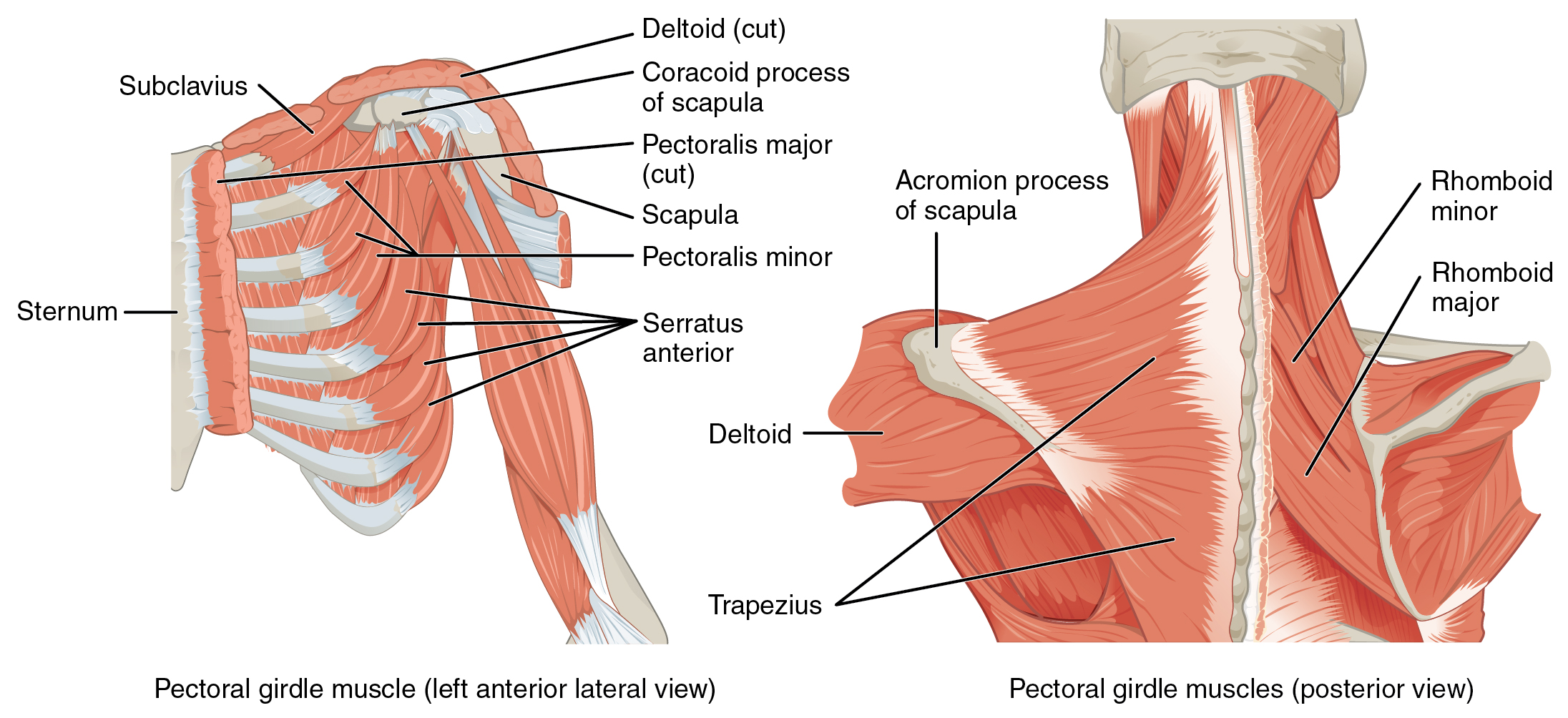
Heartburn
Heartburn happens when acid from your stomach leaks into your esophagus and causes chest pain. It’s common to get right after you eat. Pain usually gets worse when you lie down or bend forward.
Heartburn usually goes away without treatment after a short time.
Check out: Post-meal tips to ease heartburn »
Acid reflux
Acid reflux is similar to heartburn, but happens when stomach acid or even what’s in your stomach starts to bother or wear away the lining of your esophagus. It can be part of a chronic condition called gastroesophageal reflux disease.
Symptoms of acid reflux include:
- burning in your chest
- abnormal bitter taste in your mouth
- difficulty swallowing
- coughing
- throat soreness or hoarseness
- feeling like you have a lump in your throat
Learn more: How to prevent acid reflux and heartburn »
Conditions that affect your lungs, windpipe (trachea), and other parts of your body that help you breathe can cause sternum pain.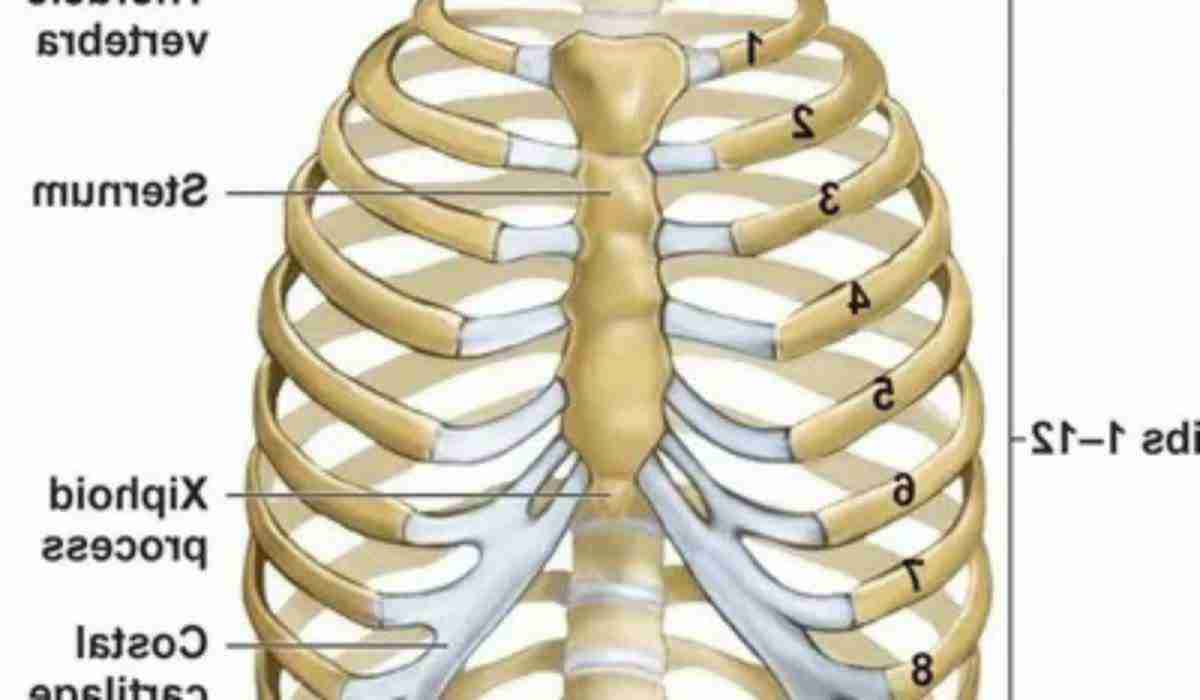
Pleurisy
Pleurisy happens when your pleura gets inflamed. The pleura is made up of tissue within your chest cavity and around your lungs. In some cases, fluid can build up around this tissue. This is called pleural effusion.
Common symptoms include:
- sharp pain when you breathe in, sneeze, or cough
- feeling like you can’t get enough air
- an abnormal cough
- fever (in rare cases)
Bronchitis
Bronchitis happens when the bronchial tubes that bring air into your lungs become inflamed. It often happens when you get the flu or a cold.
Bronchitis pain can also make your sternum hurt as you breathe in and out. It can last only briefly (acute bronchitis) or become a long-term condition (chronic bronchitis) due to smoking or infections.
Common bronchitis symptoms include:
- persistent wet cough that causes you to spit up mucus
- wheezing
- difficulty breathing
- pain or discomfort in your chest
Flu or cold symptoms that can go along with bronchitis include:
- high fever
- exhaustion
- runny nose
- diarrhea
- vomiting
Check out: 7 home remedies for bronchitis »
Pneumonia
Pneumonia happens when your lungs get infected by a virus or bacteria.
Common symptoms of pneumonia include:
- difficulty breathing
- high fever
- persistent cough
Other conditions that affect your gastrointestinal tract or your chest muscles can cause sternum pain.
Stomach ulcer
A stomach ulcer (peptic ulcer) happens when you get a sore on the lining of your stomach or at the bottom of your esophagus.
Symptoms of a stomach ulcer include:
- stomach pain, especially on an empty stomach, that responds to antacids
- feeling bloated
- nausea
- lack of appetite
Panic attack
A panic attack happens when you suddenly feel fear, as if something dangerous or threatening is happening, with no actual reason to be afraid. It’s often a result of stress or a symptom of mental health conditions, such as generalized anxiety disorder or depression.
Symptoms of a panic attack include:
- feeling like something bad is about to happen
- feeling dizzy or lightheaded
- having trouble breathing or swallowing
- sweating
- feeling alternately hot and cold
- stomach cramps
- chest pain
Check out: 11 ways to stop a panic attack »
Sternum pain can sometimes be the result of a heart attack. This is much less likely if you’re under age 40 or are in overall good health. They’re more likely to happen if you’re over 40 and have an existing condition, such as heart disease.
This is much less likely if you’re under age 40 or are in overall good health. They’re more likely to happen if you’re over 40 and have an existing condition, such as heart disease.
A heart attack is life-threatening. You should go to the emergency room right away if you have any symptoms besides sternum pain that may indicate a heart attack, especially if they appear without any obvious cause or if you’ve had a heart attack before.
Symptoms of a heart attack include:
- chest pain in the middle or left side of your chest
- pain or discomfort in your upper body, including your arms, shoulder, and jaw
- feeling dizzy or lightheaded
- having trouble breathing
- sweating
- nausea
The more of these symptoms you have, the more likely that you’re having a heart attack.
See your doctor right away if you have heart attack symptoms or symptoms that cause you sharp, consistent pain that gets in the way of your daily life.
You should also see your doctor if you have any of the following symptoms:
- sternum and general chest pain that has no obvious cause
- sweating, dizziness, or nausea with no specific cause
- trouble breathing
- pain that spreads from your chest throughout your upper body
- chest tightness
If you’re experiencing other symptoms and they last for more than a few days, talk to your doctor.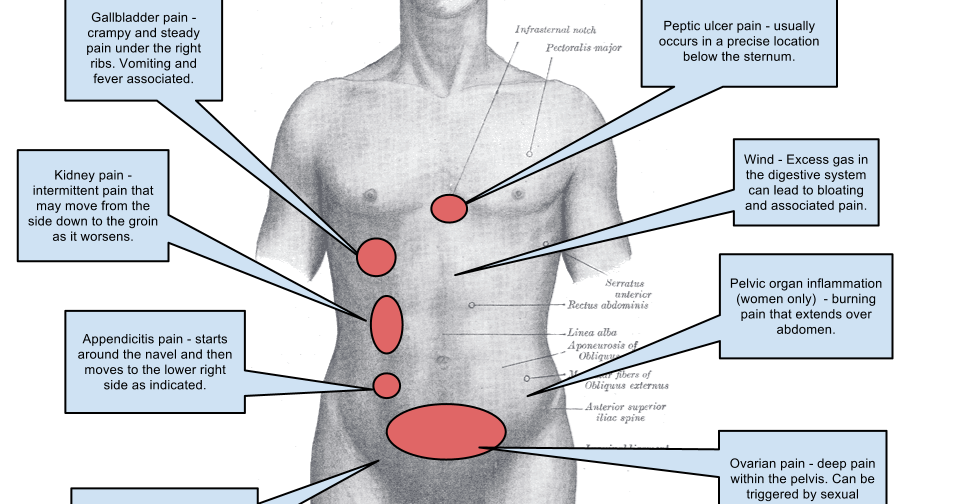
You can find a primary care doctor near you through the Healthline FindCare tool.
Your next steps depend on what condition might be causing your sternum pain and how severe the condition is.
You may just need to take over-the-counter pain medication or change your diet. But you may need long-term treatment if the underlying condition is more serious. In some cases, you may need surgery to treat a heart or gastrointestinal condition.
Once your doctor diagnoses the cause, they can develop a treatment plan that can help relieve the symptoms and causes of your sternum pain.
Chest pain – causes, symptoms and diagnosis, indications for seeking medical attention
Almost everyone perceives chest pain as a potential heart problem. However, there can be many reasons for discomfort. In any case, it is impossible to determine on your own what caused the discomfort. Only a qualified doctor can determine the cause.
Wrong diagnosis, lack of treatment, uncontrolled attempts to anesthetize the place of discomfort often lead to the development of severe pathologies.
To make sure that the pain is not a sign of a serious illness or to choose a treatment for an identified pathology, it is better to visit a doctor. Causes of pain can be caused by diseases of the heart, lungs, gastrointestinal tract and neurological problems. If you do not know which doctor to make an appointment with first of all, come to the Kutuzov Medical and Diagnostic Center. We have all the experts who will help you make an accurate diagnosis. Start by making an appointment with a therapist and follow his instructions.
Such different chest pains
Thoracalgia is a term for chest pain (from the words “torax” – chest and “algia” – pain).
It can hurt, both on one side of the chest, and in the middle, in the upper or lower part. The nature of the pain is:
- Pungent and burning.
- Dull and aching.
- Stab.
- Compressive.
Among the main causes of a disturbing symptom in the chest are diseases, injuries and pathologies:
- Heart and vessels.

- Lungs.
- Musculoskeletal system – muscles, ribs and spine.
- Nervous system
- Gastrointestinal tract.
Let’s dwell on them in more detail.
Heart problems
Pain in the chest in the middle or in its left side occurs in various diseases of the heart:
- coronary artery disease, angina pectoris – impaired blood flow in the heart arteries. Often an attack of sharp pain lasts up to 15 minutes. Occurs during physical exertion, stress, excitement, disappears after rest.
- Myocardial infarction – cell death and scarring of the heart muscle. It is characterized by severe pain in the chest on the left and in the middle, which does not go away after 15-20 minutes. Additional symptoms include weakness, fear of death.
- Pericarditis or myocarditis is an inflammatory process in the muscle or lining of the heart. They are characterized by acute or aching pain in the chest when inhaling in the middle of the chest, which are aggravated by eating or lying down.

- Mitral valve prolapse – in addition to chest pain, it causes shortness of breath, dizziness, up to fainting.
- Pulmonary hypertension – increased pressure in the pulmonary arteries, the attack is similar to a heart attack.
A characteristic feature of heart pain is that it often occurs against the background of emotional or physical stress, accompanied by a feeling of panic, fear of death.
Lung diseases
This is a common cause of chest discomfort. Main causes and characteristic symptoms:
- Inflammation or abscess of the lung – the process proceeds with severe pain in the chest (right or both parts of the chest), fever, cough.
- Pleurisy (inflammation of the pleura) – there is pain with a deep breath, usually accompanied by fever, cough.
- Thromboembolism of the pulmonary artery with a blood clot – there is a sharp pain in the chest, tachycardia, difficulty breathing.
- Pneumothorax – accumulation of air in the pleural cavity when the lungs are damaged due to injuries of the ribs, spine.
 There is pain when inhaling, shortness of breath, dry cough, blood pressure may decrease.
There is pain when inhaling, shortness of breath, dry cough, blood pressure may decrease. - Bronchial asthma – acute spasms resolve with chest pain and wheezing, wet cough, bouts of shortness of breath
Diseases of the gastrointestinal tract
Major diseases that cause pain in the esophagus or may spread from the abdomen to the chest area:
- Gastroesophageal reflux disease (GERD) – irritation of the esophageal mucosa due to reflux of gastric contents.
- Dyskinesia or perforation of the esophagus – increased pressure in the esophagus due to the slow movement of food or rupture due to injury.
- Gastric ulcers.
Gastrointestinal diseases are characterized by pain that occurs before, after or during meals, and may be accompanied by heartburn and other symptoms.
Injuries and diseases of the musculoskeletal system
Thoracalgia appears due to injuries, diseases of the spine, aggravated after physical exertion. Main causes and symptoms:
Main causes and symptoms:
- Osteochondrosis, herniation and protrusion of the intervertebral discs in the thoracic spine, scoliosis cause chest pain, which is aggravated by movement or prolonged immobility.
- Rib fractures.
- Muscle spasms, sprains, intercostal neuralgia – cause pain in the chest on the right or left, depending on the place where the pathology has arisen.
- Tietze’s syndrome or inflammation of the costocartilaginous joints.
- Pain of a neurological nature – from “goosebumps” in the chest to severe pain occurs due to mental disorders, with panic attacks.
Pain in the right or left side of the chest may have other causes: neoplasms in the lungs or breast, shingles and other diseases.
The doctor’s task is to make a diagnosis in time and correctly. This will help: heart examinations, ultrasound, radiography and other diagnostic procedures.
Medical emergency needed if:
- Acute chest pain does not improve after 15 minutes and after rest.

- There is dizziness, shortness of breath, increased sweating, palpitations.
In other cases, it is also advisable not to postpone the consultation with the doctor for a long time. Who to contact – a cardiologist, a neurologist, a gastroenterologist – depends on the symptoms. But this is not always possible to determine independently. In this case, start with a consultation with a therapist who will help you understand the issue and, if necessary, refer you to a specialist.
In other cases, it is also advisable not to postpone the consultation with a doctor for a long time. Who to contact – a cardiologist, a neurologist, a gastroenterologist – depends on the symptoms. But this is not always possible to determine independently. In this case, start with a consultation with a therapist who will help you understand the issue and, if necessary, refer you to a specialist. Be healthy!
Diagnosis of any disease requires modern equipment and vast medical experience. Especially when it comes to chest pain.
Especially when it comes to chest pain.
Our clinic offers its patients a full range of medical examinations on high-precision equipment. Our doctors select the most informative and safe diagnostic methods.
Turning to us, you can be sure that the cause of the pain will be established as quickly and accurately as possible. High-tech diagnostic devices allow you to monitor the work of all organs and systems without causing you unnecessary discomfort.
We value the time of our patients, so all consultations and procedures are by appointment. By booking an appointment, you can be sure that the doctor will be waiting for you. Come to the clinic to find out the cause of pain and discuss treatment options.
Chest pain treatment prices
Title | Price | |
|---|---|---|
| Reception (examination, consultation) of a general practitioner primary | 2800 ₽ Promotion price: 2240 ₽ | Enroll |
| Repeated appointment (examination, consultation) with a general practitioner | 2600 ₽ | Enroll |
Publication checked:
Pilenitsyn Andrey Yurievich
Experience:
Cardiologist of the highest qualification category, general practitioner, functional diagnostics doctor
Make an appointment
Make an appointment
Name
Phone
By clicking on the “Sign up” button, you consent to the processing of personal data
Chest pain
Chest pain – any pain or discomfort in the chest area. It can be caused by various diseases, including pathology of the heart, blood vessels, pericardium, lungs, pleura, trachea, esophagus, muscles, ribs, nerves. In some cases, chest pain is a sign of damage to organs outside the chest, such as the stomach, gallbladder, pancreas.
It can be caused by various diseases, including pathology of the heart, blood vessels, pericardium, lungs, pleura, trachea, esophagus, muscles, ribs, nerves. In some cases, chest pain is a sign of damage to organs outside the chest, such as the stomach, gallbladder, pancreas.
Chest pains are very diverse: sharp, dull, aching, cutting, stitching, drawing, bursting, burning or pressure. Painful sensations differ in different diseases, but pain is not a specific symptom of a particular disease. Characteristics of pain may vary depending on the age, sex of the patient, concomitant diseases, psychological characteristics. Identifying the immediate cause of chest pain is often difficult and requires a series of diagnostic procedures.
It is one of the most alarming symptoms, as it can be a manifestation of severe, life-threatening conditions that require emergency medical attention, in particular myocardial infarction.
Russian synonyms
Thoracalgia, chest pain, chest pain
English synonyms
Chest pain, pain in the chest, thoracalgia.
Symptoms
Chest pain can be of different nature. Sometimes it is given in the arm, shoulder, shoulder blade, back, neck. The patient may complain not only of pain, but also of tightness, burning, discomfort in the chest area.
Unpleasant sensations may be aggravated by coughing, deep breathing, swallowing, pressure on the chest, changes in body position (permanent or intermittent). Pain and discomfort in the chest may be accompanied by a number of additional symptoms, depending on the underlying disease: belching or bitterness in the mouth, nausea, vomiting, difficulty swallowing.
General information about the disease
Chest pain is a manifestation of various diseases, each of which requires a specific medical approach.
- Acute myocardial infarction (heart attack). Acute chest pain in people over 40 years of age is most often associated with this disease. Myocardial infarction occurs when a portion of the myocardium is damaged and died as a result of impaired blood circulation in the coronary vessels.
 Most often, it is manifested by acute pain behind the sternum or to the left of the sternum, which is given to the back, neck, shoulder, arm and does not decrease when taking nitroglycerin or at rest. Symptoms vary from patient to patient. Elderly women are characterized by atypical symptoms: severe weakness, nausea and vomiting, rapid breathing, abdominal pain.
Most often, it is manifested by acute pain behind the sternum or to the left of the sternum, which is given to the back, neck, shoulder, arm and does not decrease when taking nitroglycerin or at rest. Symptoms vary from patient to patient. Elderly women are characterized by atypical symptoms: severe weakness, nausea and vomiting, rapid breathing, abdominal pain.
- Angina. A condition in which, as a result of atherosclerosis and narrowing of the coronary vessels, the blood supply to the heart muscle is disrupted. Pain in angina pectoris resembles that in myocardial infarction, but occurs during exercise, decreases at rest and is relieved by nitroglycerin.
- Dissecting aortic aneurysm. The aorta is a large vessel that carries blood from the left ventricle of the heart to organs and tissues. With a dissecting aneurysm, the intima (inner lining) of the aorta ruptures with blood penetrating into other layers of the aortic wall and subsequent dissection of the wall, which most often leads to complete rupture of the aorta and massive internal bleeding.
 The disease in most cases ends in death within a few hours or days, even with timely diagnosis and timely treatment.
The disease in most cases ends in death within a few hours or days, even with timely diagnosis and timely treatment.
Dissecting aortic aneurysm is most often the result of long-term arterial hypertension, and can also occur with Marfan syndrome, as a result of chest trauma, during pregnancy, or as a late complication of heart surgery.
The pain of a dissecting aortic aneurysm is similar to that of myocardial infarction and angina pectoris, may last for hours or days, and is not relieved by rest or nitroglycerin.
- Pulmonary embolism. Blockage by a thrombus of the pulmonary artery or its branches, through which venous blood flows from the right ventricle to the lungs for oxygenation. As a result, gas exchange is disturbed, hypoxia occurs, and pressure in the pulmonary arteries increases. Chest pain occurs suddenly, increases with deep inspiration, is accompanied by rapid breathing and, in some cases, hemoptysis. The risk of thromboembolism increases after surgery, prolonged forced immobility, during pregnancy, oral contraceptives, especially in combination with smoking, in oncological diseases.

- Pneumothorax. The accumulation of air or other gas in the pleural cavity – a slit-like space between the membranes lining the surface of the lungs and the inner surface of the chest. Accompanied by acute chest pain, rapid breathing, anxiety, loss of consciousness.
- Pericarditis. Inflammation of the heart sac (pericardium), that is, the serous membrane of the heart. Pain occurs due to friction of the inflamed sheets of the pericardium. Pericarditis may be due to a viral infection, rheumatoid arthritis, systemic lupus erythematosus, renal failure. Often there is idiopathic pericarditis, that is, pericarditis of unknown etiology. The pain is acute, occurs only in the initial stages of the disease, may be accompanied by rapid breathing, fever, and malaise.
- Mitral valve prolapse. Pathology of the valve, which is located between the left atrium and the left ventricle of the heart. In some people, when the left ventricle contracts, the mitral valve flexes into the atrium and some of the blood from the left ventricle flows back into the left atrium.
 In most patients, this does not cause discomfort, however, in some, the heart rate increases and chest pains appear, which do not depend on physical exertion and do not radiate, unlike angina pectoris.
In most patients, this does not cause discomfort, however, in some, the heart rate increases and chest pains appear, which do not depend on physical exertion and do not radiate, unlike angina pectoris. - Pneumonia. Inflammation of the lung tissue. Chest pain in pneumonia is usually unilateral, aggravated by coughing, accompanied by fever, malaise, cough.
- Esophagitis. Inflammation of the esophagus. Accompanied by chest pain, swallowing disorder. Symptoms do not improve with antacids.
- Gastroesophageal reflux disease. A chronic disease in which the acidic contents of the stomach reflux into the esophagus, resulting in damage to the lower esophagus. In this case, there may be an acute, cutting pain in the chest along the esophagus, heaviness, discomfort in the chest, belching, bitterness in the mouth, impaired swallowing, dry cough.
- Pleurisy. Inflammation of the pleura. The friction of the inflamed pleura causes pain. Pleurisy can be the result of a viral or bacterial infection, cancer, chemotherapy or radiation therapy, rheumatoid arthritis.

- Rib fracture. In this case, the pain increases with deep breathing and movement.
- Other causes: pancreatitis, cholelithiasis, depression.
Who is at risk?
- People over 40 years of age.
- Obese.
- Patients with arterial hypertension.
- People with elevated blood cholesterol levels.
- Recent surgery.
- Suffering from alcoholism.
- Smokers.
- Pregnant.
- Suffering from cardiac arrhythmia.
- People with cancer.
- Taking certain drugs.
- People with chronic lung disease.
Diagnosis
Chest pain is not a specific symptom and may clearly indicate a particular disease. However, when this sign appears, the doctor must first of all exclude a number of life-threatening conditions that require immediate help. Sometimes only additional laboratory and instrumental studies can accurately determine the cause of chest pain.
Laboratory tests
- Complete blood count. Leukocytosis (with pleurisy, pneumonia), anemia (with dissecting aortic aneurysm), thrombocytosis and erythremia (with pulmonary embolism) can be detected.
- Erythrocyte sedimentation rate (ESR). Nonspecific indicator of inflammation. ESR can be increased with pleurisy, pericarditis, pneumonia and other diseases.
- C-reactive protein. Increased in inflammatory diseases, as well as in myocardial infarction. With angina pectoris, the level of C-reactive protein does not change.
- NT-proBNP (sodium uretic brain propeptide). Protein, the main part of which is found in myocardial cells. It is the precursor of the natriuretic peptide responsible for the excretion of sodium in the urine. This indicator is used to assess the risk of heart failure, identify the initial stages of heart failure, and evaluate ongoing therapy. Is highly specific. May be elevated in myocardial infarction.
- Troponin I.
 Troponin is a protein involved in muscle contraction. The cardiac form of troponin is found in the heart muscle and is released when the myocardium is damaged. It can be increased in myocardial infarction and other diseases accompanied by the destruction of cardiomyocytes.
Troponin is a protein involved in muscle contraction. The cardiac form of troponin is found in the heart muscle and is released when the myocardium is damaged. It can be increased in myocardial infarction and other diseases accompanied by the destruction of cardiomyocytes. - Myoglobin. A protein similar in structure to hemoglobin and responsible for the deposition of oxygen in muscle tissue, including the heart muscle. Increases with damage to muscle tissue, in the first hours after myocardial infarction.
- Alanine aminotransferase (ALT). An enzyme that is found mainly in the liver, as well as in skeletal muscles, kidneys and myocardium. An increase in ALT indicates liver damage, but may also indicate myocardial infarction and serves as an indicator of the extent of damage to the heart muscle.
- Aspartate aminotransferase (AST). This enzyme is found mainly in the myocardium, skeletal muscles, and liver. An increase in AST levels is a sign of myocardial infarction.
 The value of AST corresponds to the degree of damage to the heart muscle.
The value of AST corresponds to the degree of damage to the heart muscle. - Creatine kinase total. An enzyme involved in energy metabolism reactions. Its various isoforms are found in different tissues of the human body. An increase in the level of total creatine kinase is observed in myocardial infarction and myopathies.
- Creatine kinase MB. An isoform of creatine kinase found primarily in the myocardium and tissues of the nervous system. Its level corresponds to the extent of myocardial damage.
- Lactate dehydrogenase (LDH) total. An enzyme that is involved in energy metabolism and is found in almost all tissues of the body. Different types of LDH are present in different organs. Total lactate dehydrogenase may be elevated in myocardial infarction and liver disease.
- Lactate dehydrogenase 1, 2 (LDH 1, 2 fractions). These are types of lactate dehydrogenase, the increase of which is a more specific indicator of myocardial and renal damage.
- Lipase.
 Enzyme of the pancreas. Elevated lipase levels are specific to pancreatic diseases.
Enzyme of the pancreas. Elevated lipase levels are specific to pancreatic diseases. - Cholesterol, total. This is the main indicator of fat metabolism in the body. It is used to diagnose atherosclerosis and liver diseases.
- D-dimer. fibrin cleavage product. It is an indicator of fibrinolytic activity of the blood. The level of D-dimer can change with pulmonary embolism, dissecting aortic aneurysm.
- The main blood electrolytes are potassium, sodium, chlorine, calcium. A change in the level of blood electrolytes may indicate pathology of the kidneys, adrenal glands, endocrine diseases, and malignant neoplasms.
- Urea, serum creatinine. These are the end products of nitrogen metabolism, which are excreted from the body by the kidneys. Their increase may indicate kidney pathology.
Instrumental research methods
- Electrocardiography (ECG). ECG changes are detected in myocardial infarction, angina pectoris, pericarditis.
 Helps to determine the localization and degree of myocardial damage.
Helps to determine the localization and degree of myocardial damage. - Radiography, computed tomography (CT), magnetic resonance imaging (MRI), ultrasound examination (ultrasound) of the chest. These are imaging methods that allow you to assess the condition of the chest organs, identify injuries, neoplasms, signs of internal bleeding and other pathological changes.
- Transesophageal echocardiography. An ultrasound scan in which a transducer is inserted into the esophagus. With its help, the state of the heart, its valves, and large vessels are assessed. It is of great diagnostic value in pulmonary embolism, aortic aneurysm.
- Angiography. X-ray examination of blood vessels using a non-toxic contrast agent, clearly visible on the pictures. Allows you to assess the condition and patency of blood vessels, including coronary ones.
Treatment
Treatment depends on the underlying disease, the symptom of which is chest pain.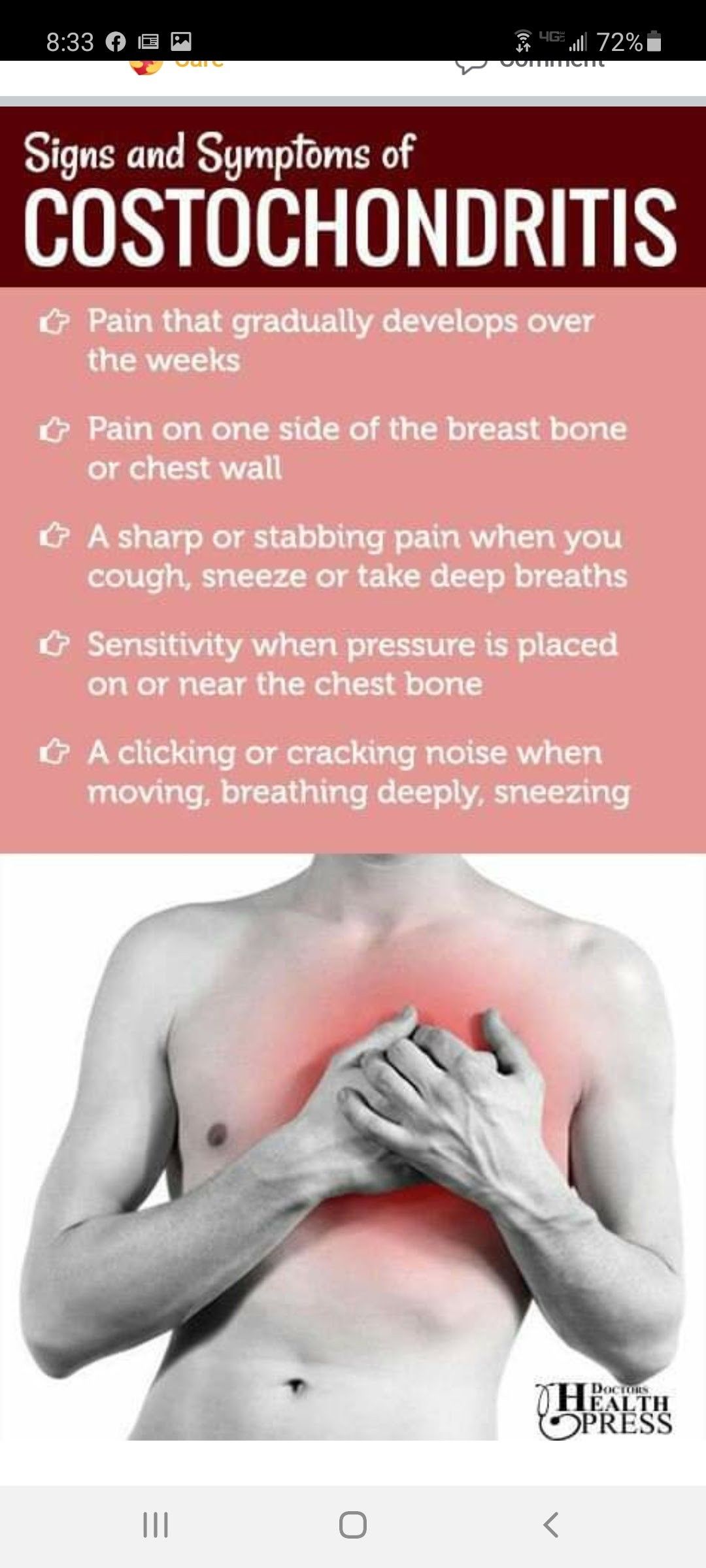


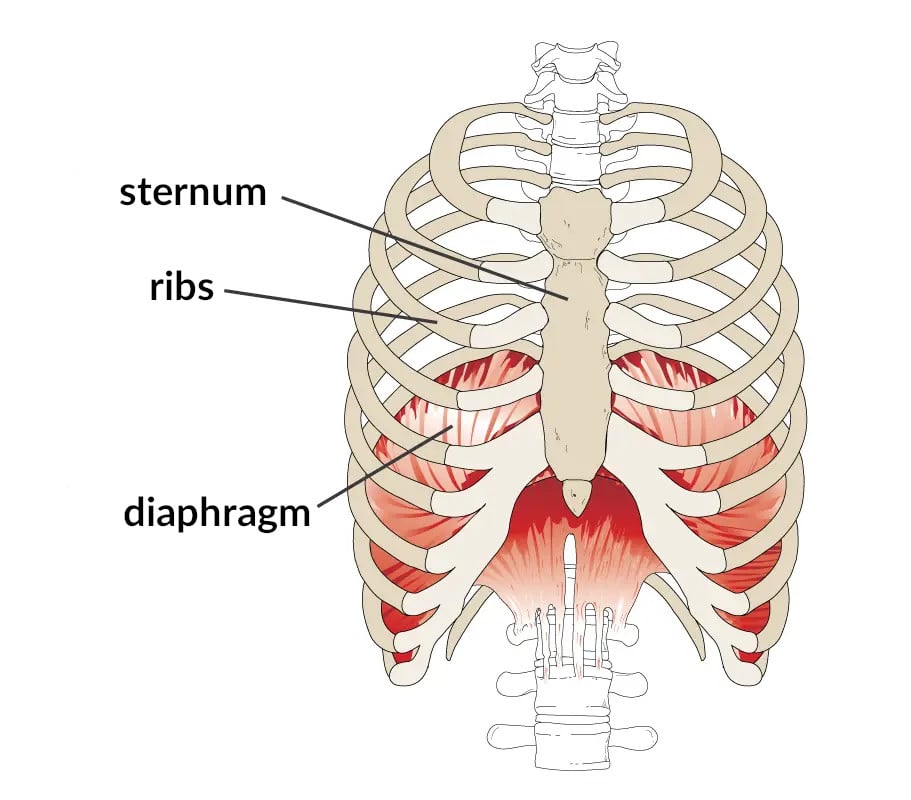
 There is pain when inhaling, shortness of breath, dry cough, blood pressure may decrease.
There is pain when inhaling, shortness of breath, dry cough, blood pressure may decrease.
 Most often, it is manifested by acute pain behind the sternum or to the left of the sternum, which is given to the back, neck, shoulder, arm and does not decrease when taking nitroglycerin or at rest. Symptoms vary from patient to patient. Elderly women are characterized by atypical symptoms: severe weakness, nausea and vomiting, rapid breathing, abdominal pain.
Most often, it is manifested by acute pain behind the sternum or to the left of the sternum, which is given to the back, neck, shoulder, arm and does not decrease when taking nitroglycerin or at rest. Symptoms vary from patient to patient. Elderly women are characterized by atypical symptoms: severe weakness, nausea and vomiting, rapid breathing, abdominal pain.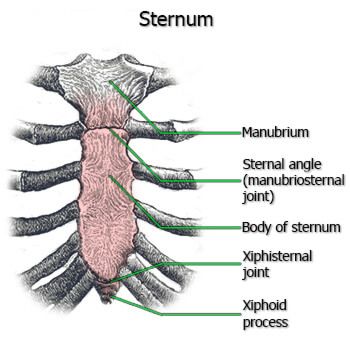 The disease in most cases ends in death within a few hours or days, even with timely diagnosis and timely treatment.
The disease in most cases ends in death within a few hours or days, even with timely diagnosis and timely treatment.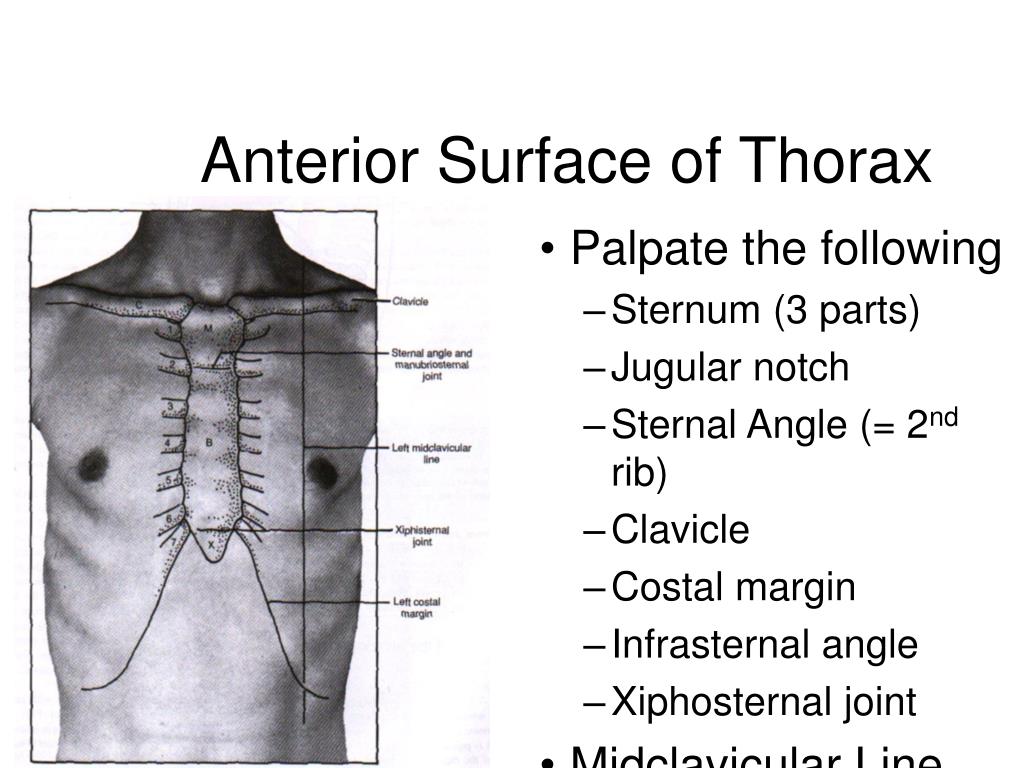
 In most patients, this does not cause discomfort, however, in some, the heart rate increases and chest pains appear, which do not depend on physical exertion and do not radiate, unlike angina pectoris.
In most patients, this does not cause discomfort, however, in some, the heart rate increases and chest pains appear, which do not depend on physical exertion and do not radiate, unlike angina pectoris.
 Troponin is a protein involved in muscle contraction. The cardiac form of troponin is found in the heart muscle and is released when the myocardium is damaged. It can be increased in myocardial infarction and other diseases accompanied by the destruction of cardiomyocytes.
Troponin is a protein involved in muscle contraction. The cardiac form of troponin is found in the heart muscle and is released when the myocardium is damaged. It can be increased in myocardial infarction and other diseases accompanied by the destruction of cardiomyocytes. The value of AST corresponds to the degree of damage to the heart muscle.
The value of AST corresponds to the degree of damage to the heart muscle. Enzyme of the pancreas. Elevated lipase levels are specific to pancreatic diseases.
Enzyme of the pancreas. Elevated lipase levels are specific to pancreatic diseases. Helps to determine the localization and degree of myocardial damage.
Helps to determine the localization and degree of myocardial damage.